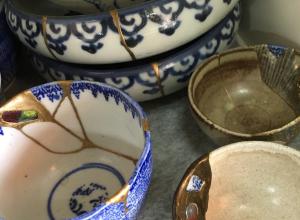Multiples, Prints, and Copies
First, some definitions, as they are essential to understanding this fascinating and sometimes confusing sector of the art market. When curators and collectors speak about multiples, they are referring to individual works of art designed to be produced in several iterations. And multiples need not be prints. The word itself is an umbrella term for a broad category of techniques including engraving and lithography but also encompassing media like metal casting, plaster, ceramics, glass, NFTs, and more. (The term “multiple” is used more frequently for sculptural works, whereas “print” connotes a two-dimensional work, such as an etching on paper.) Regardless of the material or technique, the essential factor is the artist’s intention: multiples are created from the outset to exist in numerous iterations. Multiplicity is written into its DNA. Artists relish the the expressive possibilities of the printmaking and other multiple-oriented media, but there are economic reasons for creating multiples, as well. While maintaining a collector base for their more upscale, pricier works, artists can use multiples to create a pipeline to young and budget-conscious collectors by providing less exclusive yet equally collectible works.
Curators and gallerists are often approached with the same worried question: Isn’t a print the same as a copy—like photocopying a picture from a book or tacking an M.C. Escher poster on a dorm-room wall? This question reveals a deep-seated concern for beginning buyers as to whether a multiple is a “real” work of art?
Rest assured—a multiple is not a copy, at least not in the traditional xerox sense of the word. Though the final product will exist in numerous iterations, each individual print will still be an artisanal handmade item. Taking fine-art prints as an example, an artist creates each piece individually, “pulling” the prints one by one. And as with any handmade object, the occurrence of variations—and thus uniqueness—can be high. “There is a sense of craftsmanship and care that a printmaker must take to ink and align the print just right,” notes Cameron Johnson, a printmaker and associate professor of art at Meredith College in Raleigh, NC. “I appreciate the subtle imperfections that come with hand-printed artwork that adds the human element.”


![DEl Kathryn Barton [Australian b. 1972] the more than human love , 2025 Acrylic on French linen 78 3/4 x 137 3/4 inches 200 x 350 cm Framed dimensions: 79 7/8 x 139 inches 203 x 353 cm](/sites/default/files/styles/category_card_187x139/public/ab15211bartonthe-more-human-lovelg.jpg?itok=LJbNuU6F)

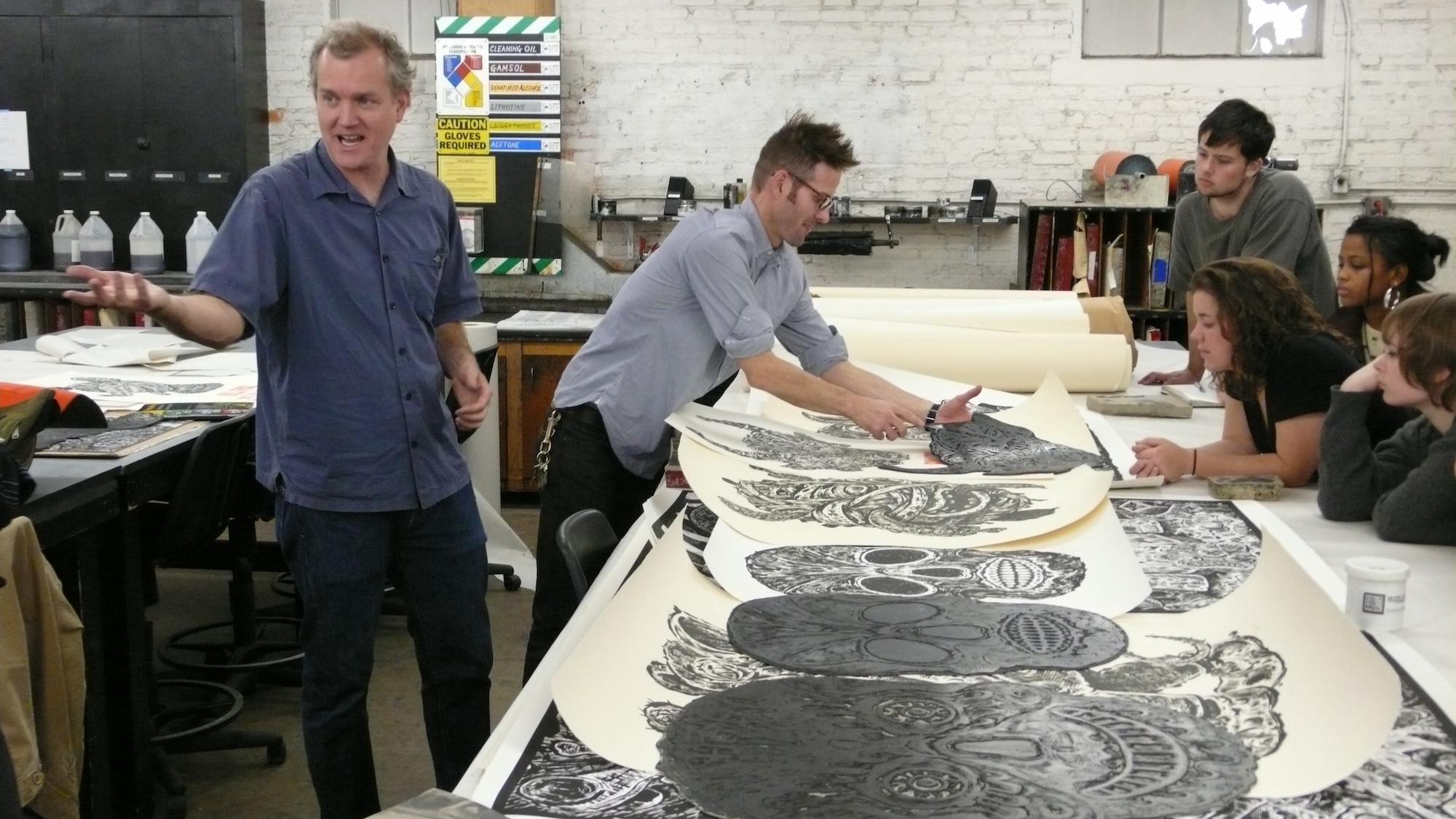
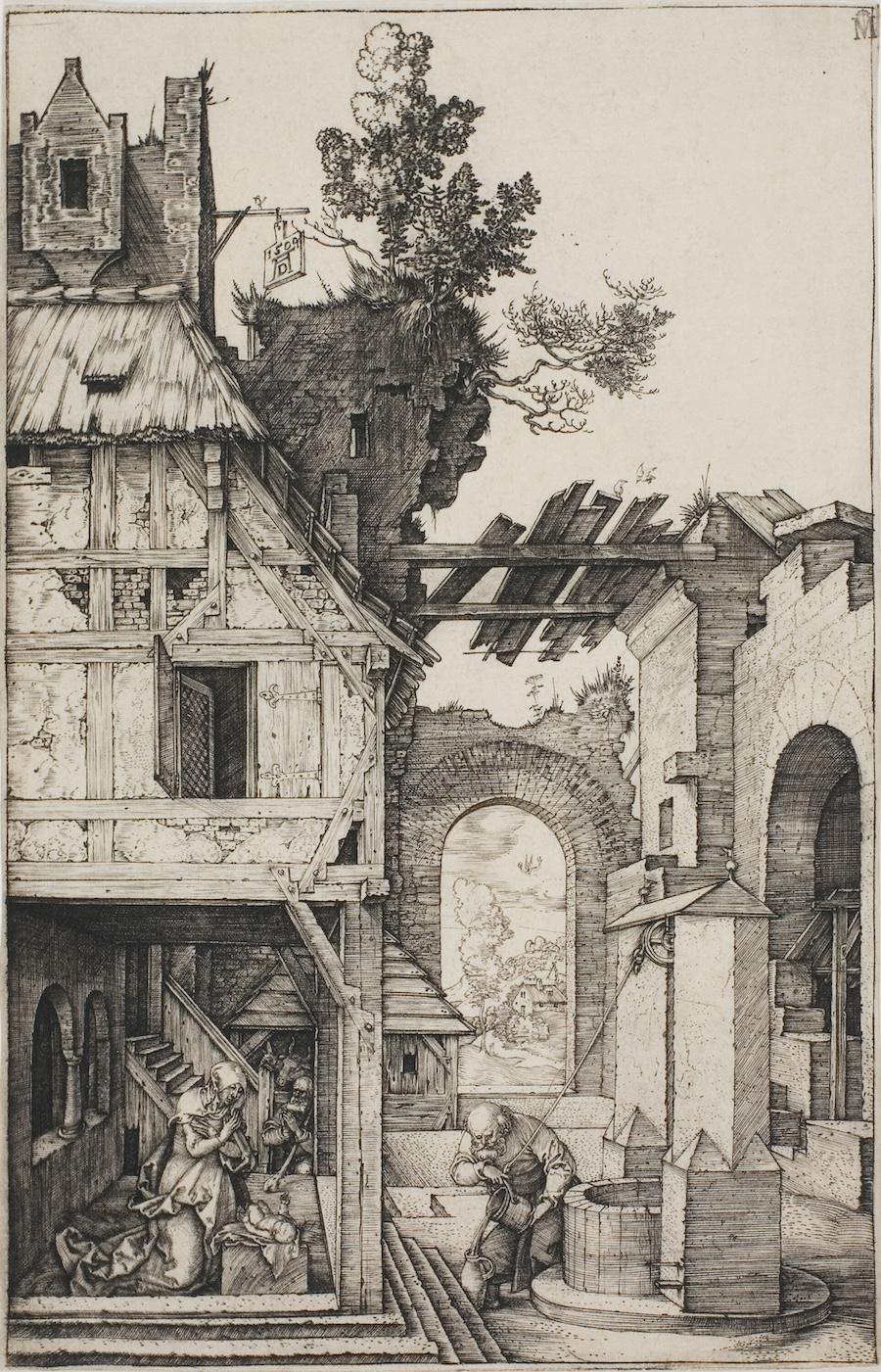
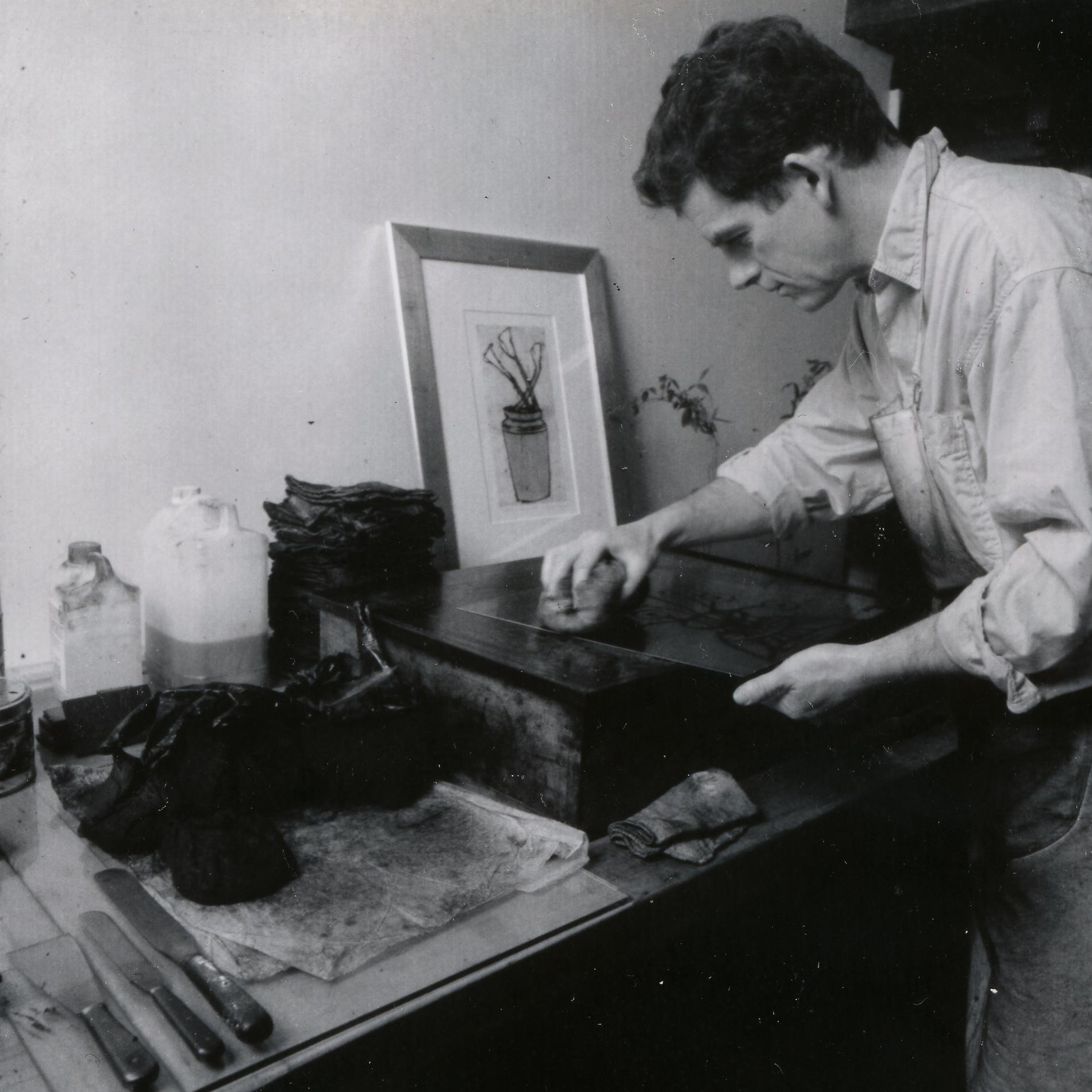

![DEl Kathryn Barton [Australian b. 1972] the more than human love , 2025 Acrylic on French linen 78 3/4 x 137 3/4 inches 200 x 350 cm Framed dimensions: 79 7/8 x 139 inches 203 x 353 cm](/sites/default/files/styles/image_5_column/public/ab15211bartonthe-more-human-lovelg.jpg?itok=wW_Qrve3)
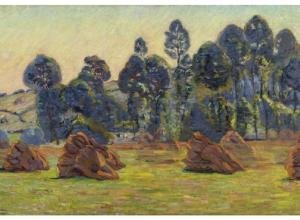


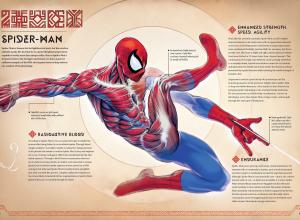
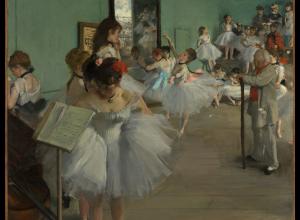

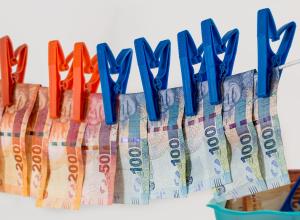








![Merina [Pop Chalee] Lujan, Taos, 1906 – 1993, Yellow Horse, gouache on paper, 13 1/8 x 18 1/8 in. (33.3 x 46 cm.) Estimate: 1,000 – 2,000](https://www.artandobject.com/sites/default/files/styles/image_5_column/public/4630-58.jpg?itok=kBAYkc0u)

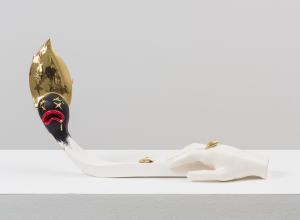

![Ginevra de’ Benci [obverse]. 1474/1478. Leonardo da Vinci. Oil on Panel. Ailsa Mellon Brue Fund, National Gallery of Art.](https://www.artandobject.com/sites/default/files/styles/image_5_column/public/ginevradebenciobverse196761a.jpg?itok=hIzdUTaK)

